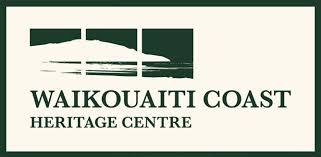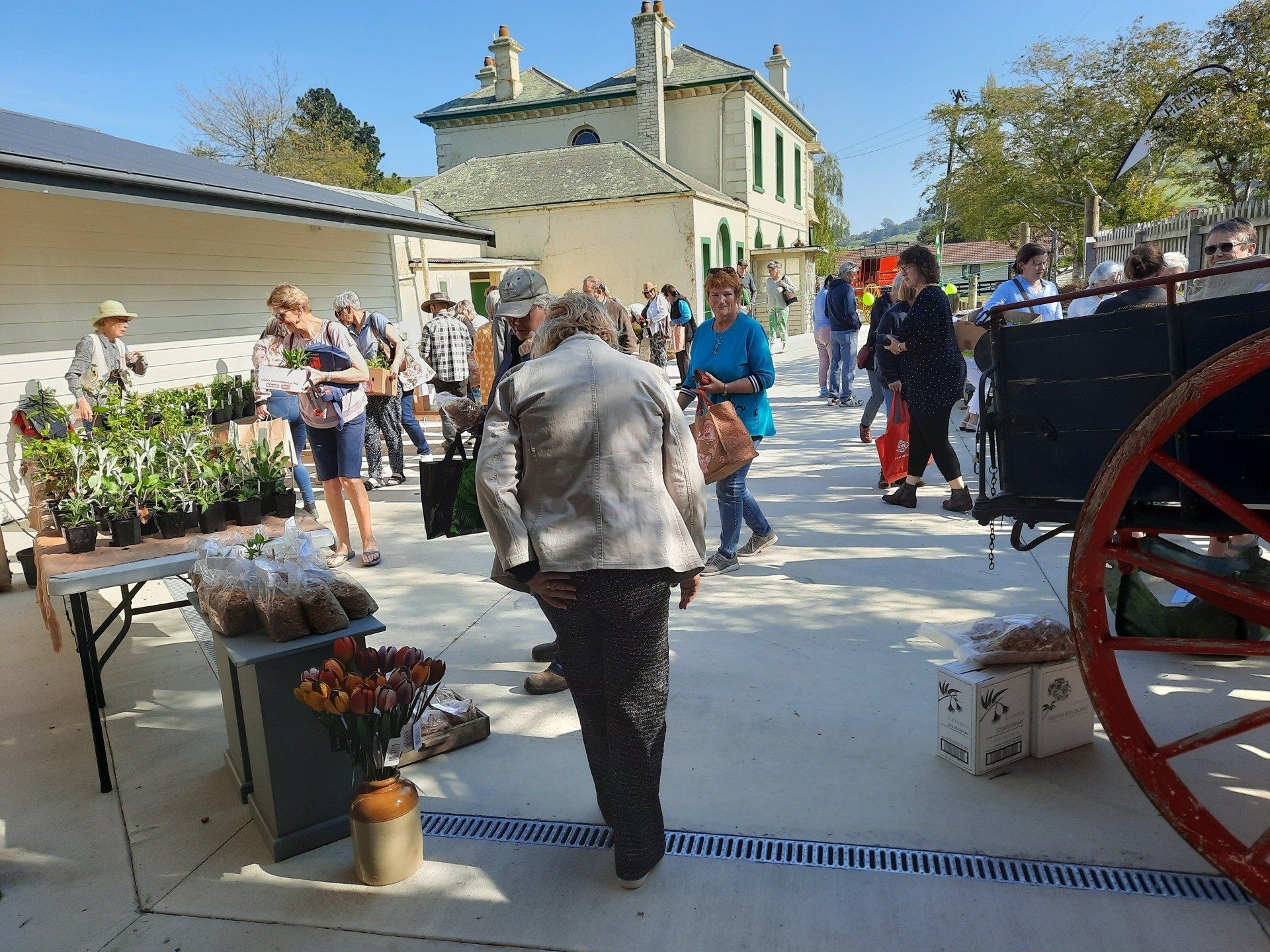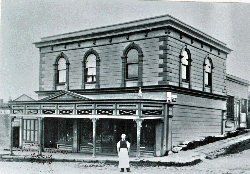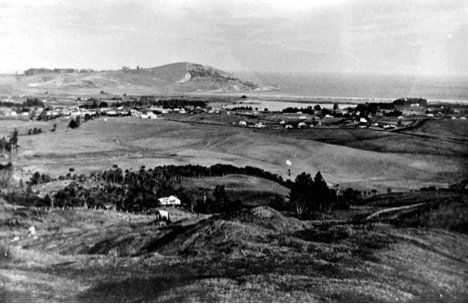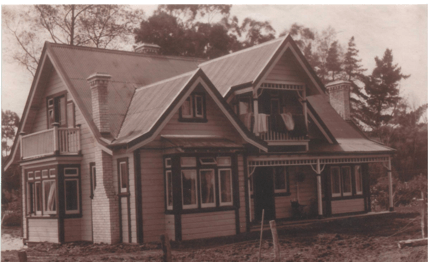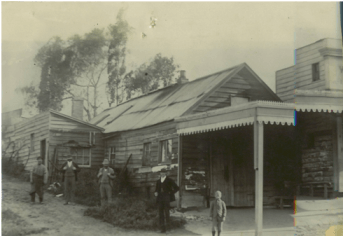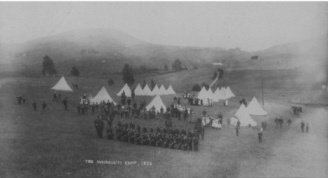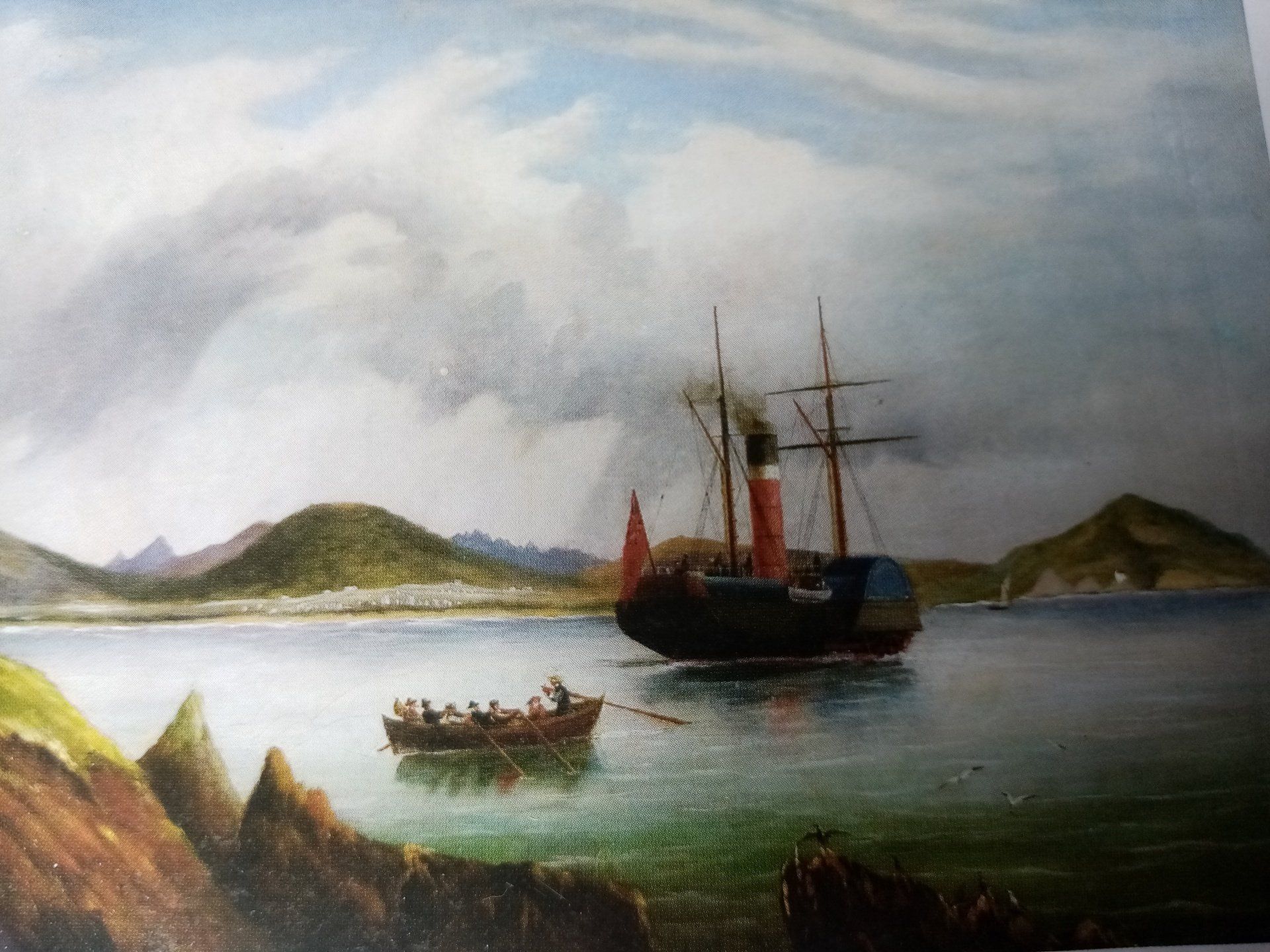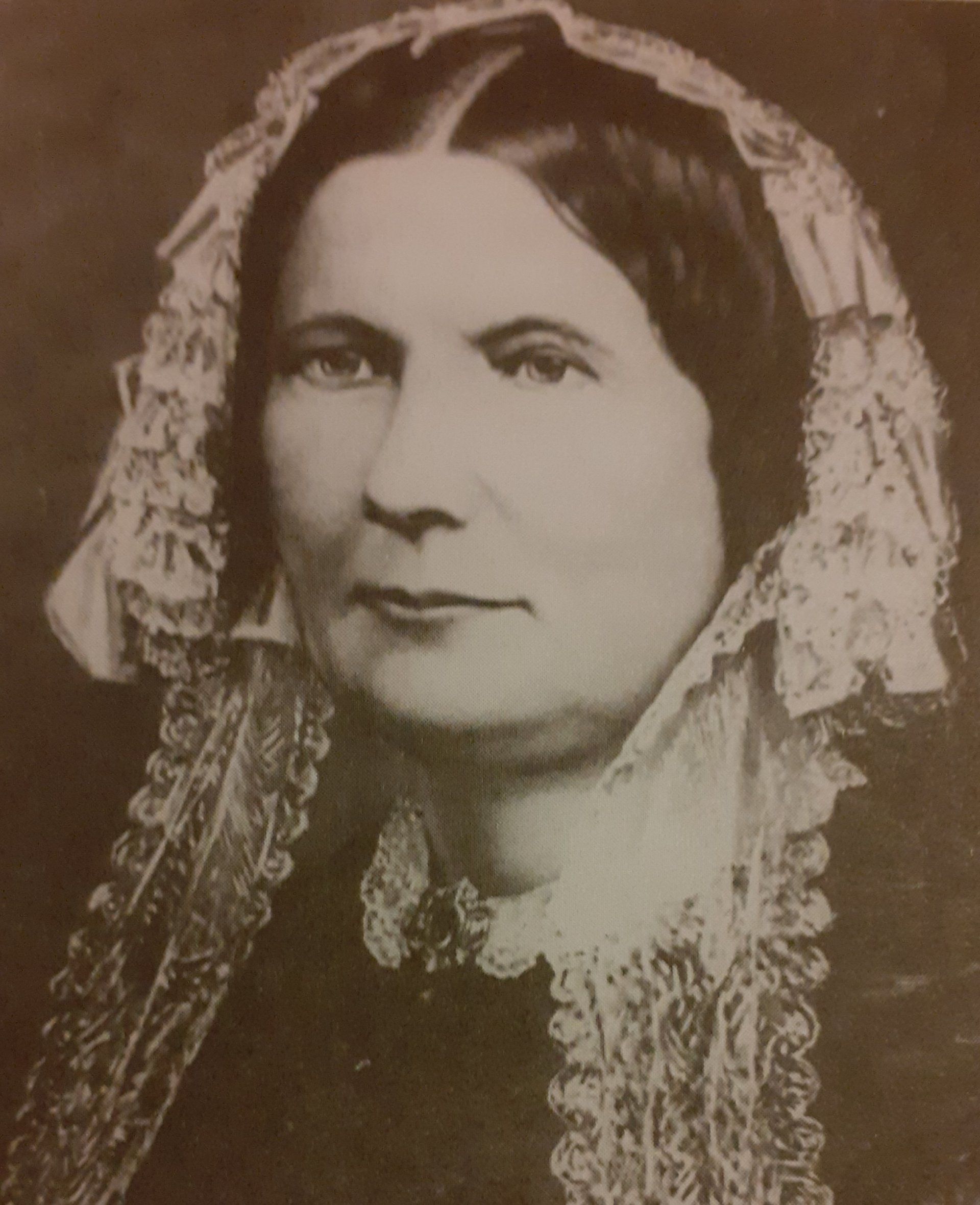The day a Cobb & Co coach passed through Waikouaiti
4 July 1864
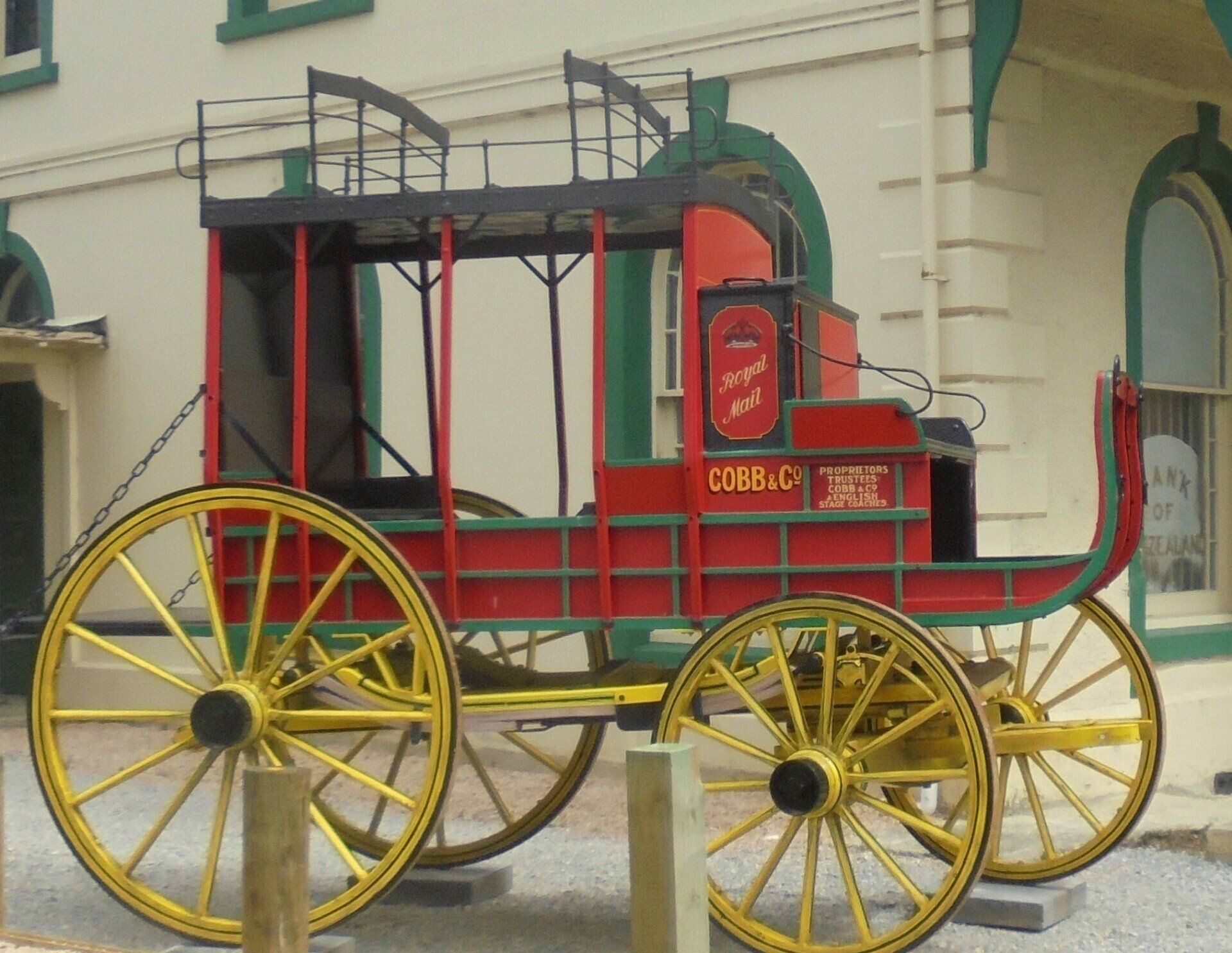
The moment was recorded for posterity by The Daily Times. “I think everyone who has witnessed the rattling of a coach and four up a street, loaded with passengers, halting, a short greeting of friends, change of horses, all done in a marvelous short space of time, and then the start again, will agree with me that it instills into one’s heart as it were a kind of spirited feeling that does one good, and especially in a place where nothing of the sort has been seen before” effused the paper’s correspondent.
Almost certainly, the man in the driver’s seat controlling everything to do with that stirring scene was the legendary Australian born Edward (Ned) Devine. He drove for Charles Hoyt (under the brand of Cobb & Co) in Otago from 1863 after earning his reputation driving in the Victorian Goldfields. Thought by many to be unequalled as a whip, a shrewd judge of horses, calm in emergencies, intelligent and witty, a showman and a prankster, this colourful character has his name stamped in the memory of Waikouaiti too.
In 1865 he proposed starting his very own service between Waikouaiti and Dunedin. Coach services ceased in May 1878 with the completion of the Dunedin to Christchurch railway. In 1880 Ned was proprietor of the dilapidated Commercial Hotel here in Waikouaiti, once located on the Main Road about where the library is now situated. He never renewed his licence the following year. He was declared bankrupt in 1882. He died in Australia in 1904 aged 71. His obscure grave was relocated and a memorial erected with funds from both Australia and New Zealand and unveiled in Ballarat on 7th February 1937.
There is something just a little bit magical about the Cobb & Co coaches. They played such an important part in this country’s history and Waikouaiti is no exception. There is a fine example in the Settlers Museum. There is one in the Lawrence museum too. I had such a strong desire to hop up and sit inside it, despite the keep off notice (I did desist). When my grandmother was a very little girl she traveled with her mother from Canterbury to the West Coast on a genuine Cobb & Co coach. That impressed me no end. They stopped in Otira. My grandma and her mum were riding up high beside the driver when he flicked his whip over the horses and on its return struck my grandma in the eye. No permanent damage ensued, but she recalled it being “very painful and burying her face in her mother’s lap.” That service ended in 1923.
A great opportunity has presented itself for your museum to purchase a steel constructed, full sized replica of a Cobb & Co coach made (but not owned) by local man and museum chairperson Bill Lang. The plan is to install it outside the new museum build on the corner of Kildare and Main streets. It couldn’t help but look amazing, make a statement, draw tourists into the town, and in time become an iconic image for Waikouaiti.
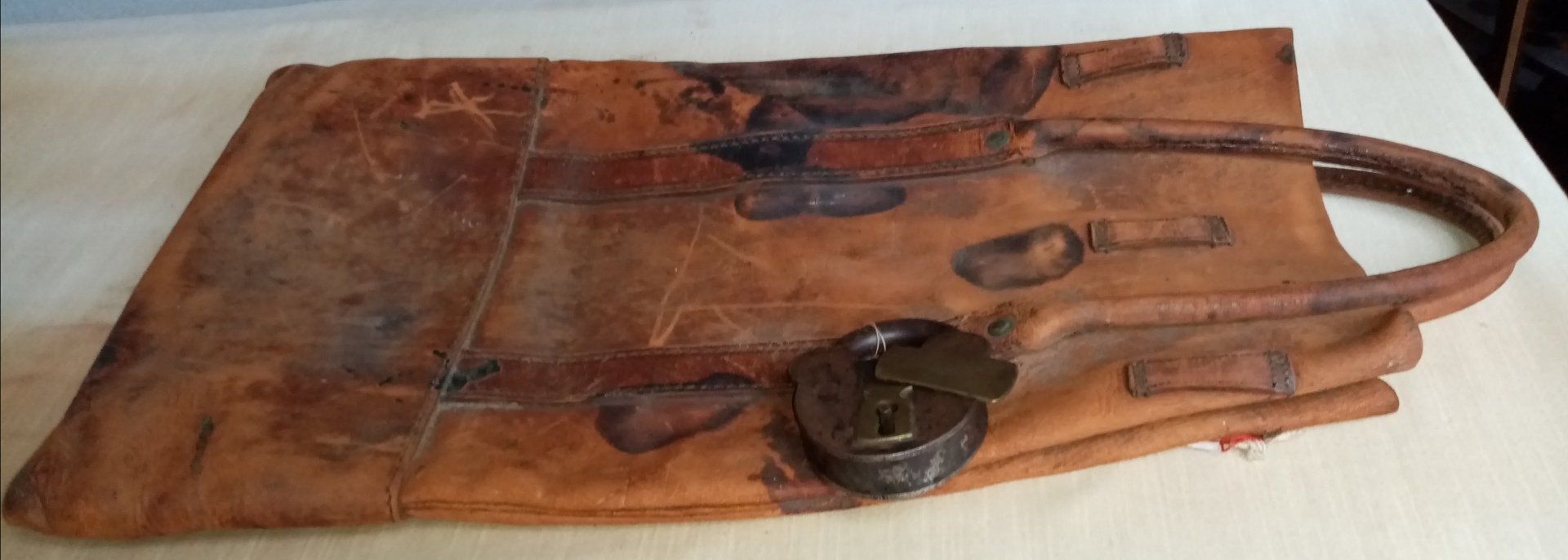
Visitor Survey
Please take a moment to complete a short survey on the museum.
